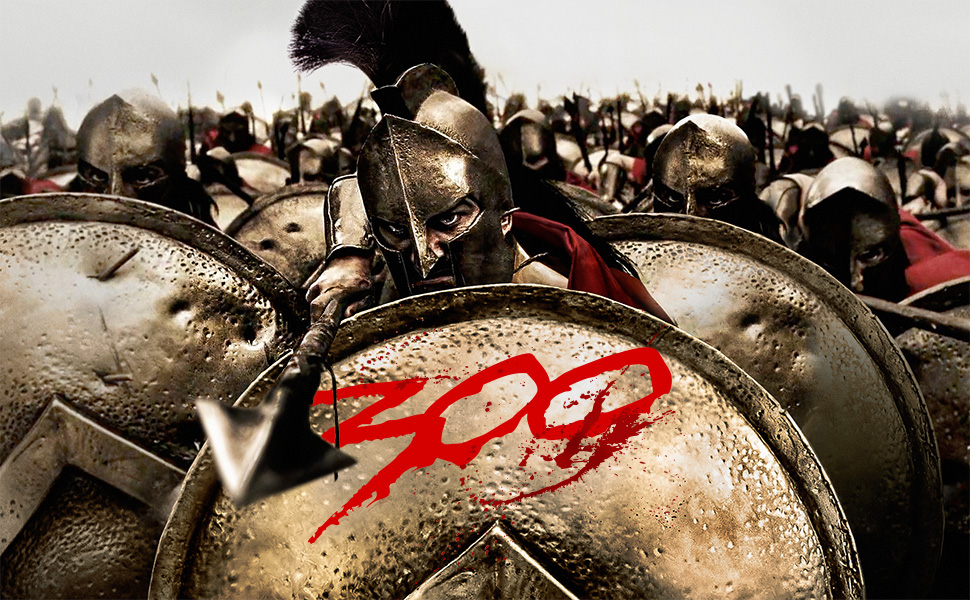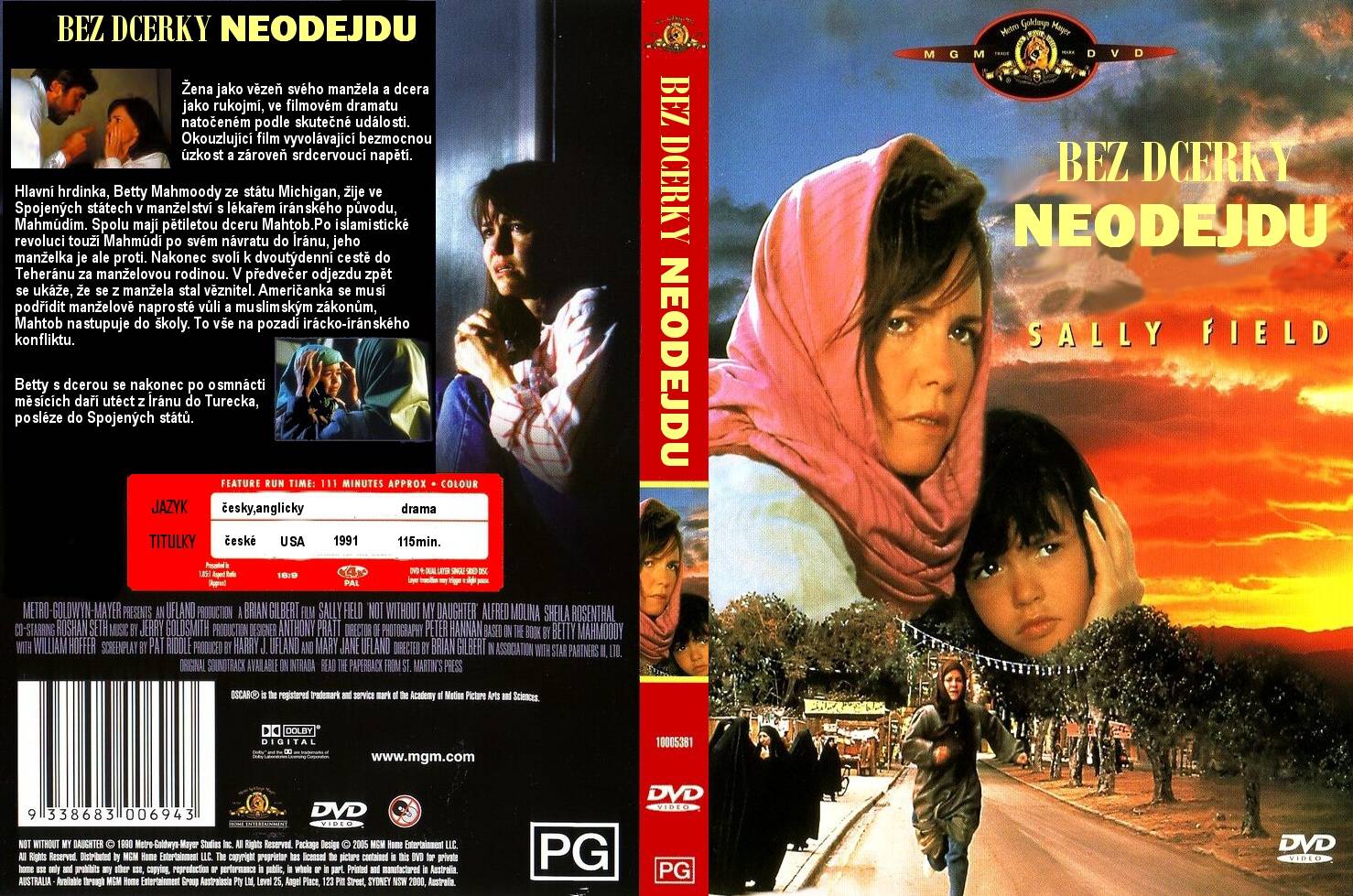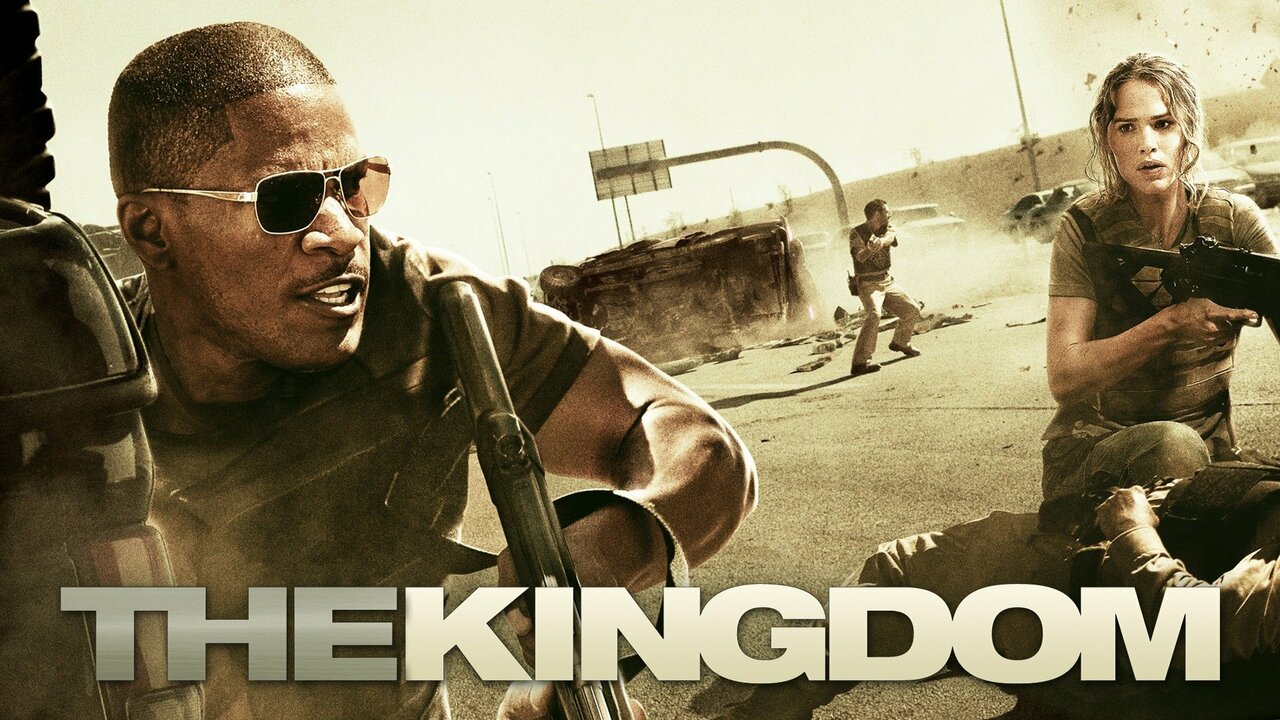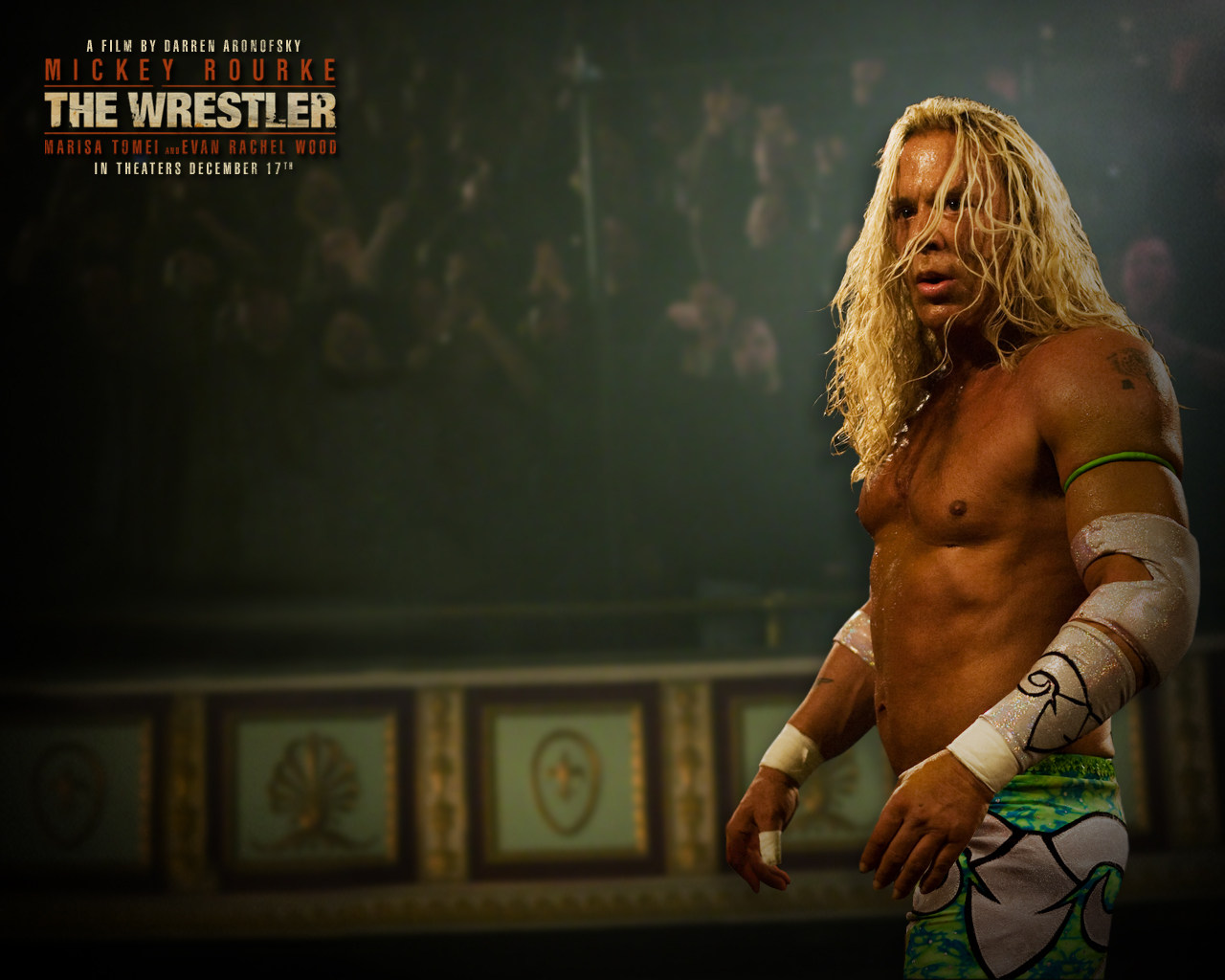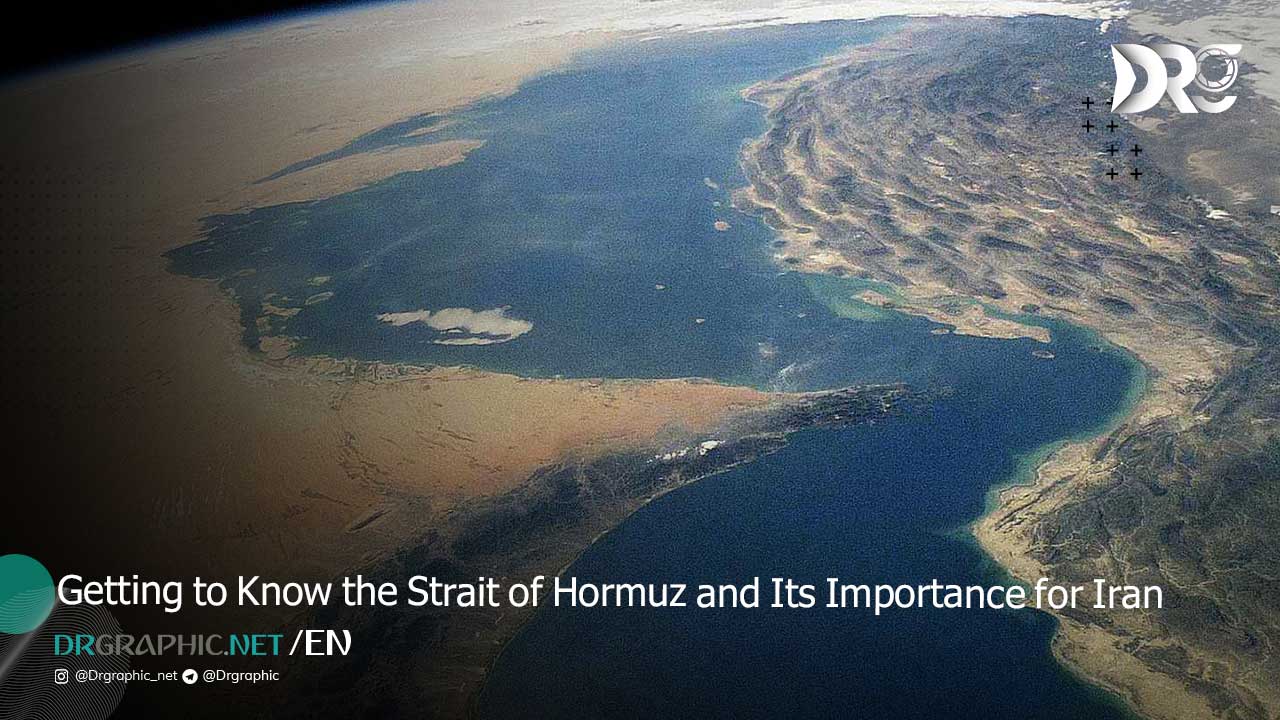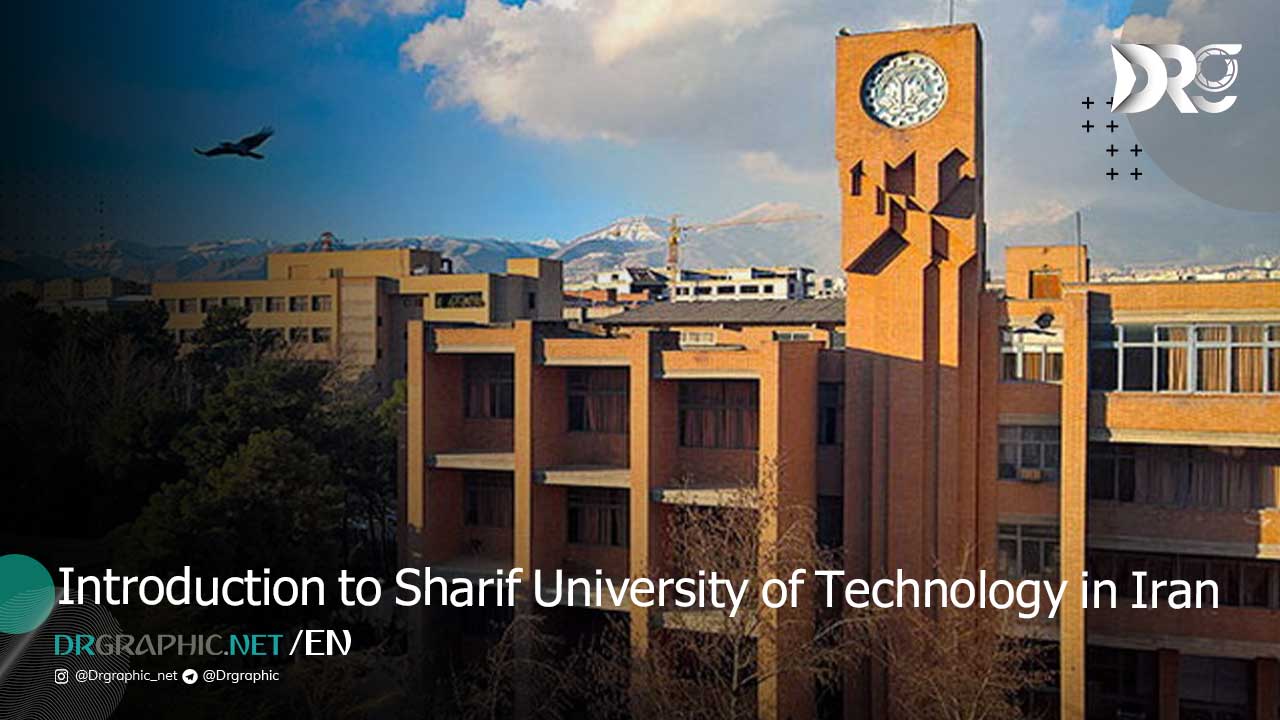Hollywood has a long history of portraying different cultures in a way that aligns with Western perspectives. Unfortunately, Iran has often been misrepresented in American cinema, with many films depicting Iranians as violent, oppressive, or backward. These films shape public perception and reinforce negative stereotypes. In this article from Dr.Graphic will analyze five major Hollywood movies that have contributed to an anti-Iranian narrative, examining their inaccuracies and the broader implications of their portrayals.
1. 300 (2006)
A Distorted View of Ancient Persia
300, directed by Zack Snyder, is based on Frank Miller’s graphic novel of the same name. The film tells the story of the Battle of Thermopylae, where 300 Spartan warriors fight against the massive Persian army led by King Xerxes. While the movie is visually stunning, it heavily distorts historical facts.
How Iran is Portrayed
In 300, Persians are depicted as monstrous, bloodthirsty, and barbaric. King Xerxes is shown as a god-like, towering figure covered in gold, while his army consists of grotesque warriors, including mutants and enslaved soldiers. The film presents Greeks as the last defenders of freedom against an Eastern tyranny, reinforcing the outdated “East vs. West” conflict.
Main Issues
- Historical Inaccuracy: The Achaemenid Empire, led by Xerxes, was one of the most advanced civilizations of its time, valuing human rights and tolerance.
- Demonization of Persians: The exaggerated and grotesque depiction of Xerxes and his army dehumanizes an entire civilization.
- Political Undertones: Released during a time of heightened U.S.-Iran tensions, 300 fueled negative perceptions of Iran.
2. Argo (2012)
A One-Sided Story
Ben Affleck’s Argo dramatizes the real-life CIA mission to rescue six American diplomats from Tehran after the 1979 Iranian Revolution. While the mission itself was impressive, the film simplifies the historical context and portrays Iranians as a violent, irrational mob.
How Iran is Portrayed
The movie presents Iran as a chaotic, hostile nation where Americans are constantly at risk. The opening scenes depict angry mobs storming the U.S. embassy, reinforcing the idea that Iranians are inherently aggressive and anti-Western.
Main Issues
- Lack of Context: The film does not explore the reasons behind the Iranian Revolution, such as decades of Western intervention in Iran.
- Exaggeration of Threats: While the real CIA mission was complex, Argo turns it into a Hollywood thriller, making Tehran seem far more dangerous than it was.
- Overlooking Canadian and Swedish Roles: The rescue was a joint effort, but Argo downplays Canada’s role and credits the U.S. for everything.
3. Not Without My Daughter (1991)
A One-Sided Narrative
Based on the memoir of Betty Mahmoody, this film tells the story of an American woman trapped in Iran by her abusive Iranian husband. While Betty’s real-life experience was traumatic, the film generalizes her personal struggle into a broader statement about Iranian society.
How Iran is Portrayed
Iranian men are shown as controlling and violent, while Iranian women are portrayed as helpless victims. The entire country is depicted as oppressive, with no room for nuance or diversity.
Main Issues
- Generalization of an Individual Experience: While domestic abuse exists in all cultures, Not Without My Daughter presents it as a uniquely Iranian problem.
- Cultural Misrepresentation: The film ignores the complexities of Iranian society and portrays Iran as entirely regressive.
- Reinforcement of Negative Stereotypes: It strengthens the Western perception that Iranian men are dangerous and Iranian women are powerless.
4. The Kingdom (2007)
A Suspense Thriller with Hidden Messages
The Kingdom, starring Jamie Foxx, follows an FBI team investigating a terrorist attack in Saudi Arabia. Although not directly about Iran, the film plays into the broader Middle Eastern stereotype that affects how Iran is perceived in Hollywood.
How Iran is Portrayed
While the movie focuses on Saudi Arabia, it contributes to the “Middle Eastern terrorist” trope, which has been used to depict Iranians in other Hollywood films. It reinforces the idea that the region is inherently violent and that Western intervention is necessary.
Main Issues
- Oversimplified Narrative: It reduces complex geopolitical issues to a simple “good vs. evil” story.
- Connection to Iran: Hollywood often groups Iran with other Middle Eastern countries, blurring the distinctions between them.
- Western Superiority: Like many films in this genre, The Kingdom presents Americans as the only ones capable of solving problems in the region.
5. The Wrestler (2008)
Anti-Iranian Propaganda Through Wrestling
Although The Wrestler is not a political film, it features an anti-Iranian subplot. The main character, played by Mickey Rourke, is a washed-up professional wrestler who once fought against an Iranian villain, “The Ayatollah.”
How Iran is Portrayed
In the wrestling match, “The Ayatollah” wears Iranian symbols and is portrayed as an antagonist, reinforcing the idea that Iran is the enemy. This is a common Hollywood trope where Iranian characters are often villains, even in unrelated genres.
Main Issues
- Stereotyping Through Sports: Using wrestling as a platform to promote anti-Iranian sentiment is subtle but effective.
- Reinforcement of the “Evil Iranian” Trope: Even in a film that is not about politics, Iran is still cast as the villain.
- Lack of Balance: The film never challenges this stereotype or provides an alternative perspective.
Read more:
Conclusion
Hollywood’s portrayal of Iran has often been biased, reinforcing negative stereotypes that shape global perceptions. While films like 300 and Argo claim to be based on history, they distort facts to fit a narrative that demonizes Iran. Other movies, such as Not Without My Daughter and The Wrestler, contribute to a broader trend of misrepresentation, presenting Iranians as oppressive, violent, or villainous.
These portrayals have real-world consequences, influencing public opinion and even political policies. It is essential for audiences to critically analyze these films and seek out diverse perspectives to gain a more accurate understanding of Iranian culture and history.
How useful was this post?
Click on a star to rate it!
Average rating 5 / 5. Vote count: 2
No votes so far! Be the first to rate this post.


